Why Everyone Has Fallen Back in Love With Space Travel
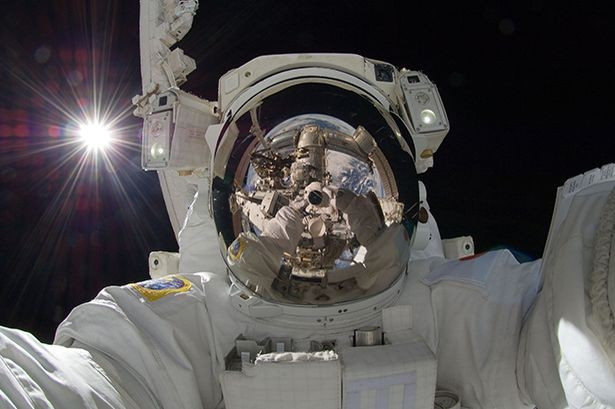
The UK's first venture into space travel has been announced, with the Lunar Mission One consortium setting up a Kickstarter crowdfunding page to raise money for its first stage.
This follows last week's news that the European Space Agency had successfully landed a probe on a speeding comet.
All in all, the last few years have been good for space travel, sparking global interest in all things cosmic. Here are some more reasons why:
Chris Hadfield
International Space Station Commander Chris Hadfield already had an impressive social media following last year, but his popularity surged throughout 2013 – especially after his rendition of David Bowie's Space Oddity was posted to YouTube. He returned to Earth in October last year and has since continued to engage people from across the globe about space travel and the cosmos in general.
The ISS astronauts

Following Hadfield's lead, the astronauts on-board the ISS have continued to actively engage with people back on Earth through Twitter and Facebook. Reid Wiseman and Alexander Gerst both became household names after sharing images and videos from above. Some of their most memorable moments include Gerst's "Saddest Photo Yet" showing rockets being launched from Israel to Gaza, while both shared images of biggest typhoon of the year from space.
Yutu – China's Jade Rabbit
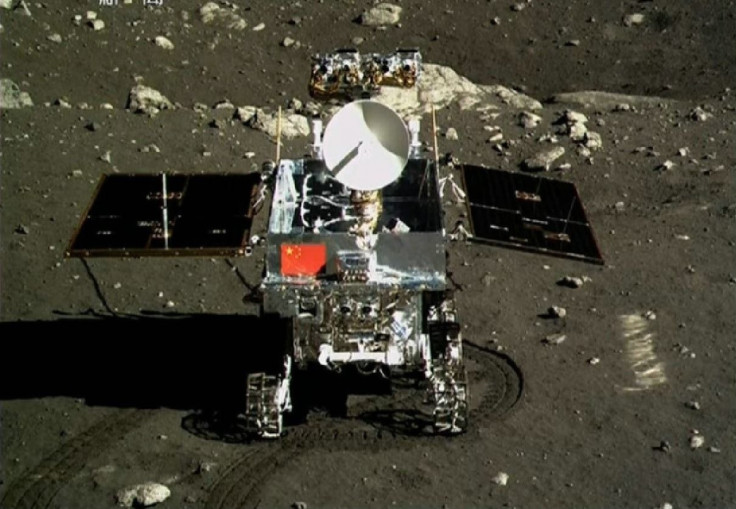
China successfully landed its first rover on the moon in December last year. Yutu – or Jade Rabbit – captured the world's attention after suffering problems in January and February. The rover had failed to shut down properly before entering the lunar night, and experts feared it would not survive the freezing temperatures.
A message from Yutu said: "If this journey must come to an early end, I am not afraid. Whether or not the repairs are successful, I believe even my malfunctions will provide my masters with valuable information and experience.
"Even so, I know I may not make it through this lunar night. The sun has already set here and the temperature is falling very quickly. I'm not feeling especially sad. Just like any other hero, I've only encountered a little problem while on my own adventure. Good night, planet earth. Good night, humanity."
India's mission to Mars

Earlier this year, India's first mission to Mars reached its destination. The Mars Orbiter Mission has been orbiting the Red Planet since 24 September. The mission aims to demonstrate technology to develop future missions. Prime minister Narendra Modi, watched the orbiter operation from the Indian Space Research Organisation (ISRO): "We have gone beyond the boundaries of human enterprise and innovation," he said. "We have navigated our craft through a route known to very few."
It has been 45 years since the moon landing
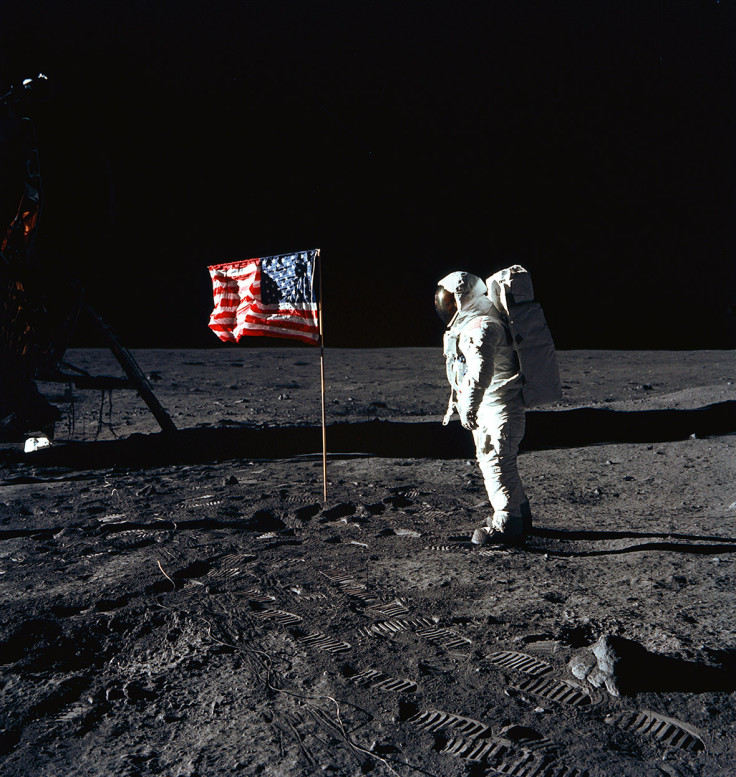
In 1969, Neil Armstrong and Buzz Aldrin made history by becoming the first people to walk on the moon. Anyone who still thinks the moon landing is a conspiracy, please read this.
Voyager 1 left the solar system
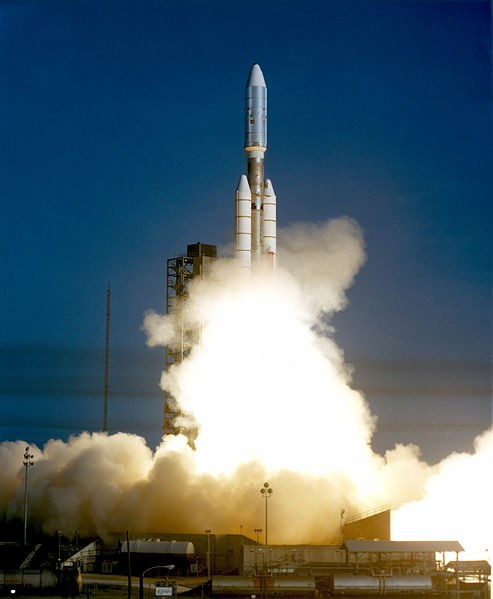
While scientists cannot 100% confirm this, they are fairly certain the Voyager 1 mission has left our solar system – the first manmade object ever to do so. First launched 36 years ago, scientists earlier this year said there is solid evidence the spacecraft has entered interstellar space, over 12 billion miles away.
The Alma telescope
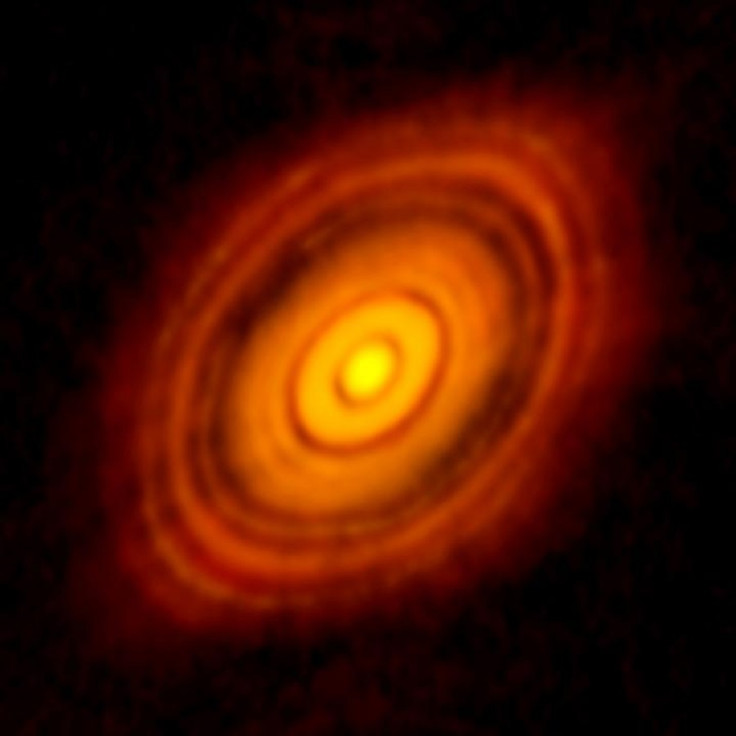
The Alma telescope in Chile has been fully operational since March last year and since then has provided pictures to some of the farthest distances in space. Just last month, it provided the first image of the birth of a planet.
Manned missions to Mars are in the pipeline

There has been a great amount of discussion about the first manned mission to Mars. Nasa expects to reach the Red Planet in about 20 years or so, while private space pioneer Elon Musk says he could get someone there over the next decade. Currently, Mars One – a private company planning a one-way colonisation trip to Mars – is in the final stages of recruitment. When the technology will be ready is still unknown, however.
We almost discovered the Big Bang

Scientists at the Harvard Smithsonian Centre for Astrophysics announced in March they had made a "major discovery". They said they had found evidence directly supporting the Big Bang Theory of the origin of the universe. Using the Bicep telescope in the South Pole, they said they had found primordial gravitational waves – signals left in the sky straight after the Big Bang and showing rapid expansion into Space.
However, a few months on and several scientists had questioned the findings, mostly discounting their work ... the search continues.
The Comet Landing
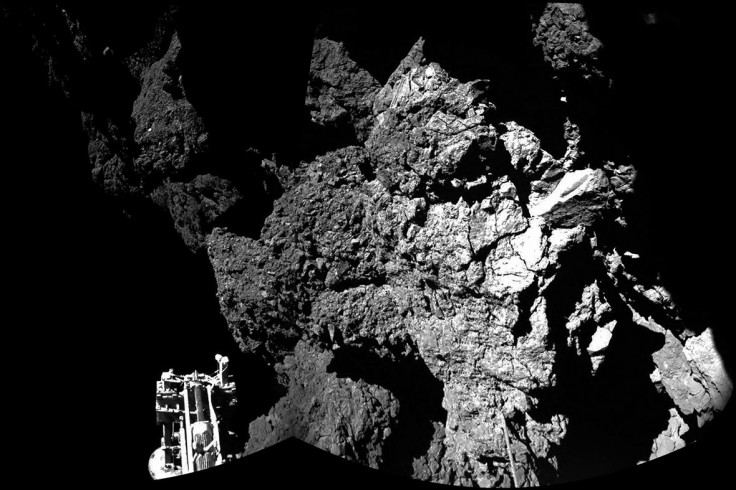
The Rosetta Mission was launched ten years ago and a few weeks ago, it resulted in a probe called Philae landing on the surface of a comet 500,000,000,000km from Earth moving at least 50,000km/h. The mission was designed to provide more information about the early universe by sampling the surface dust and the rock below.
Sadly Philae's batteries died because it did not land in an area that could provide enough sunlight to power its solar panels. However, scientists at the European Space Agency say they believe we could hear more from Philae once it moves closer to the Sun over the next six months.
© Copyright IBTimes 2025. All rights reserved.






















